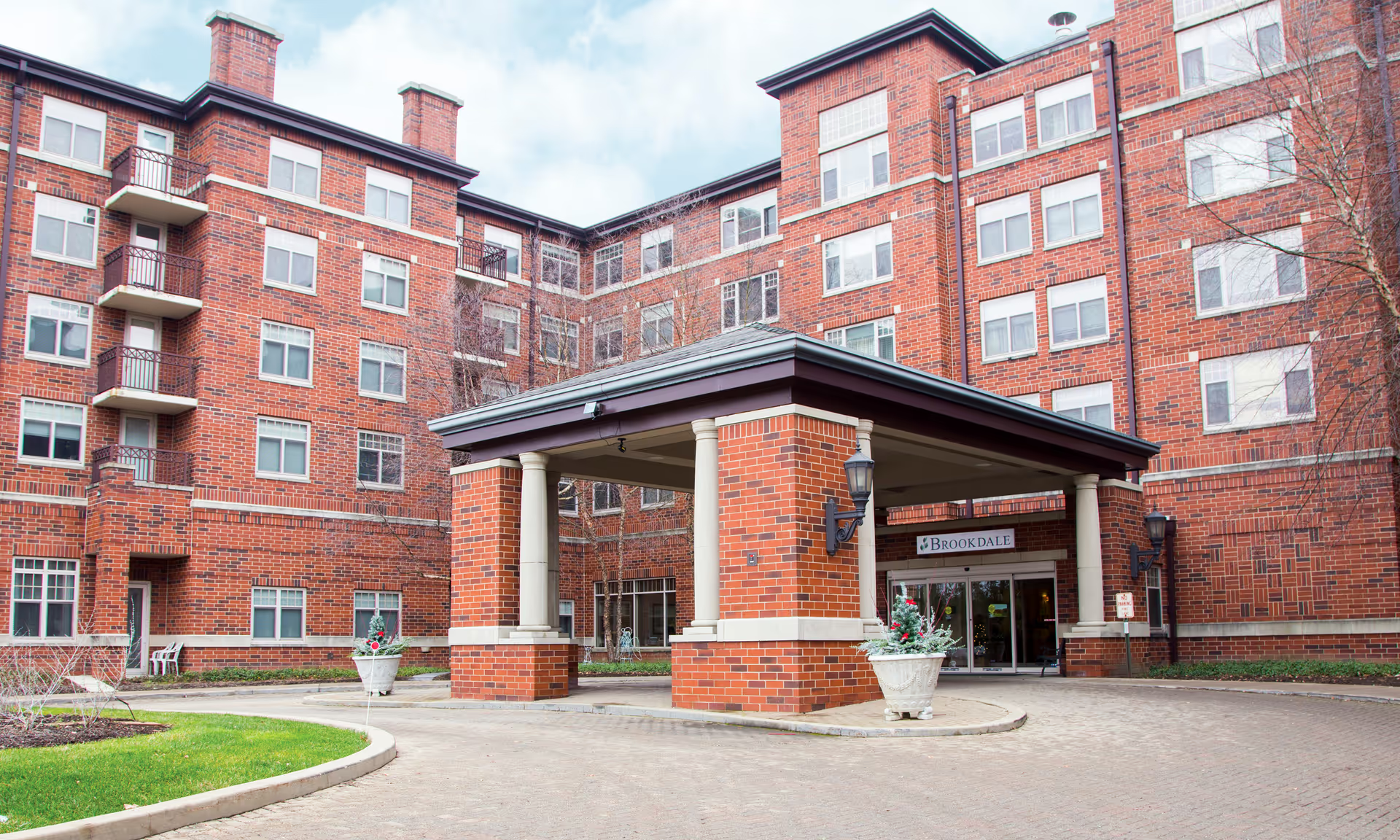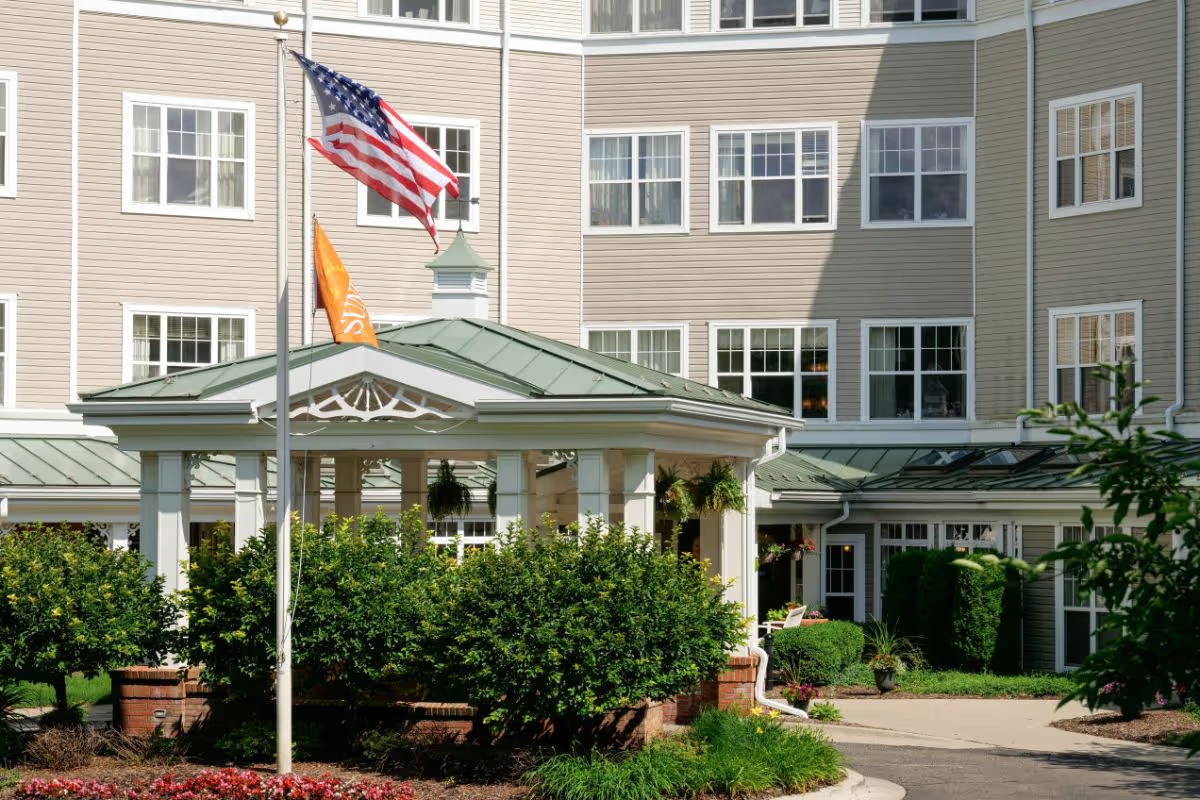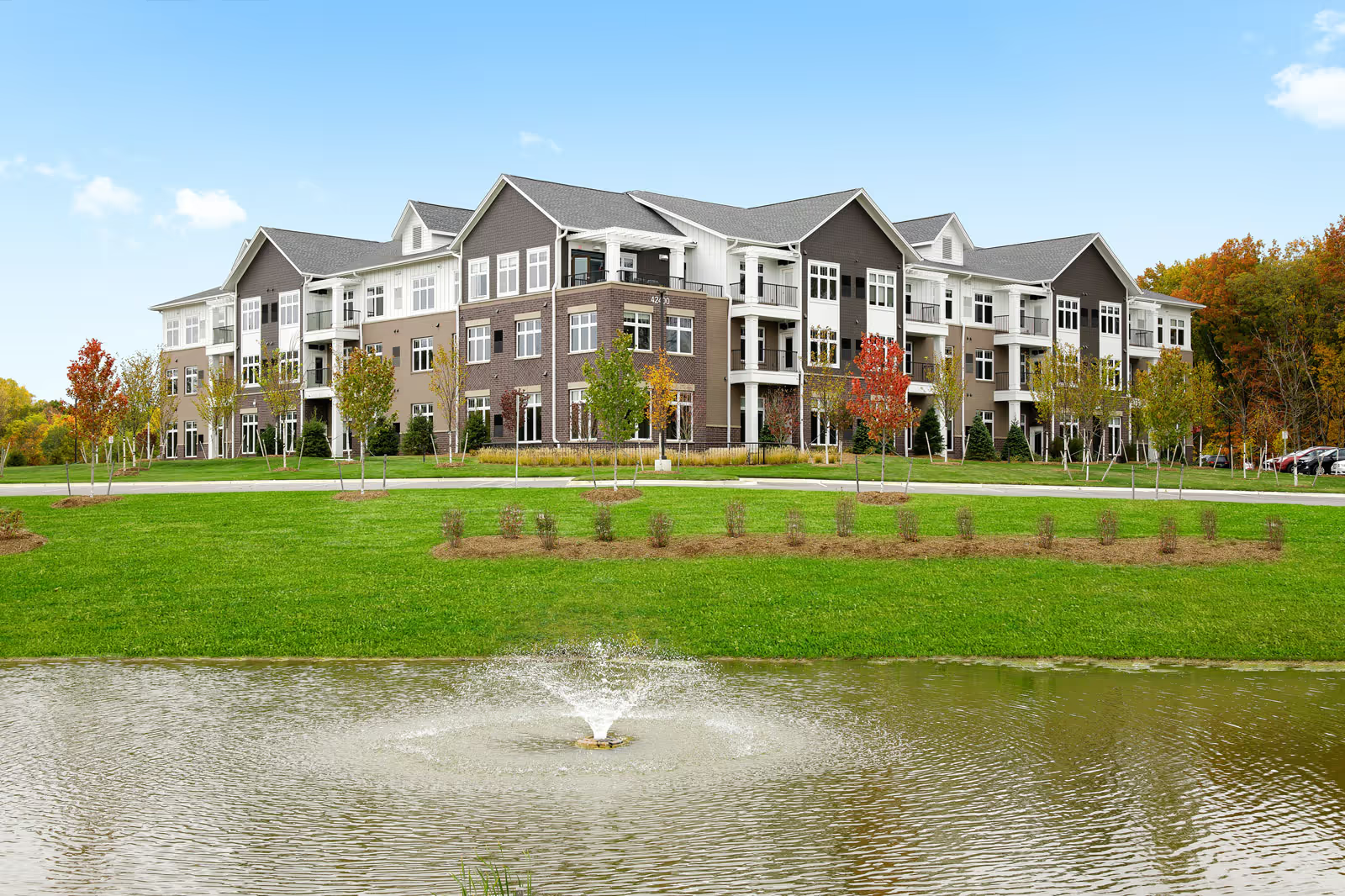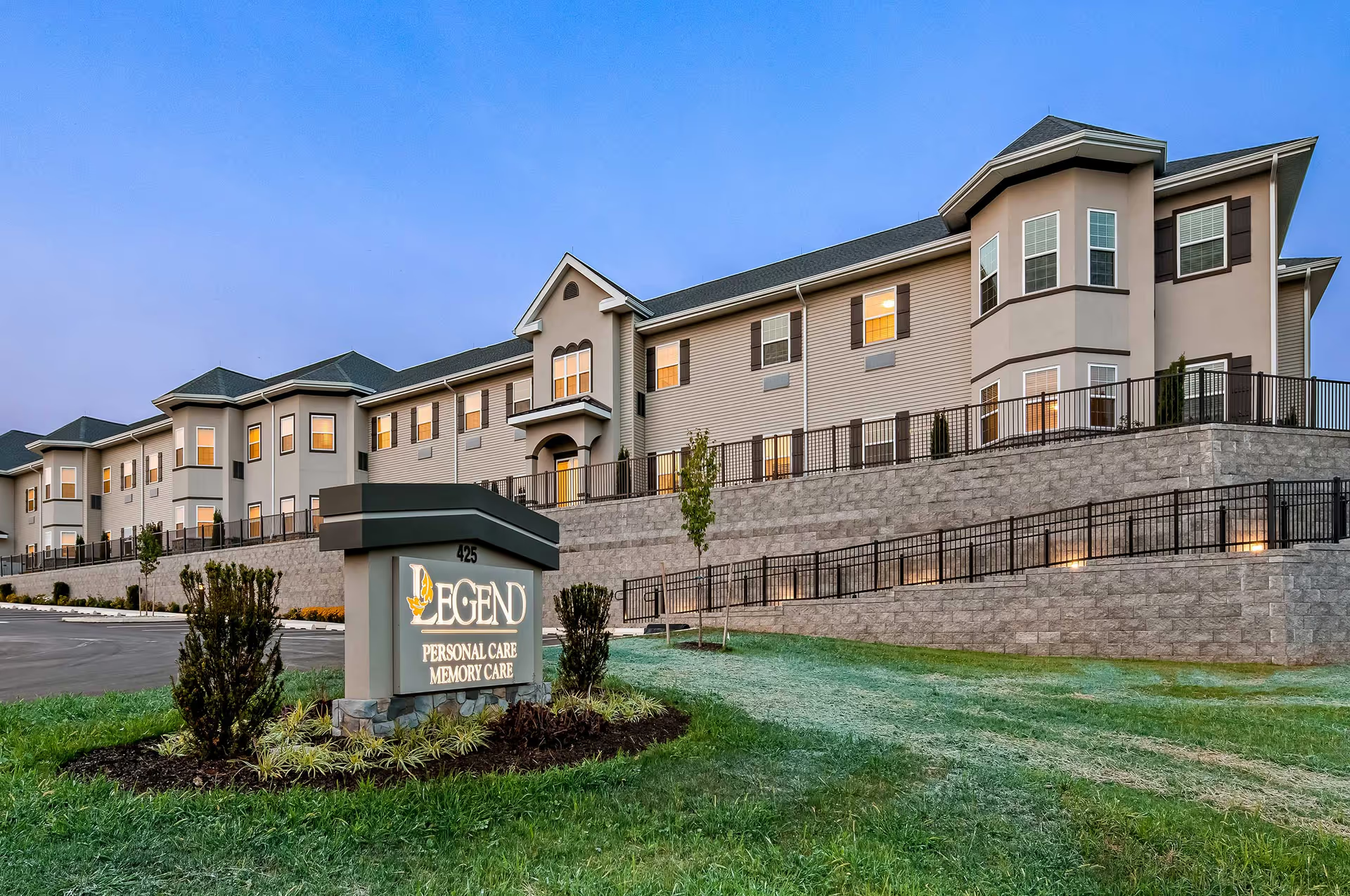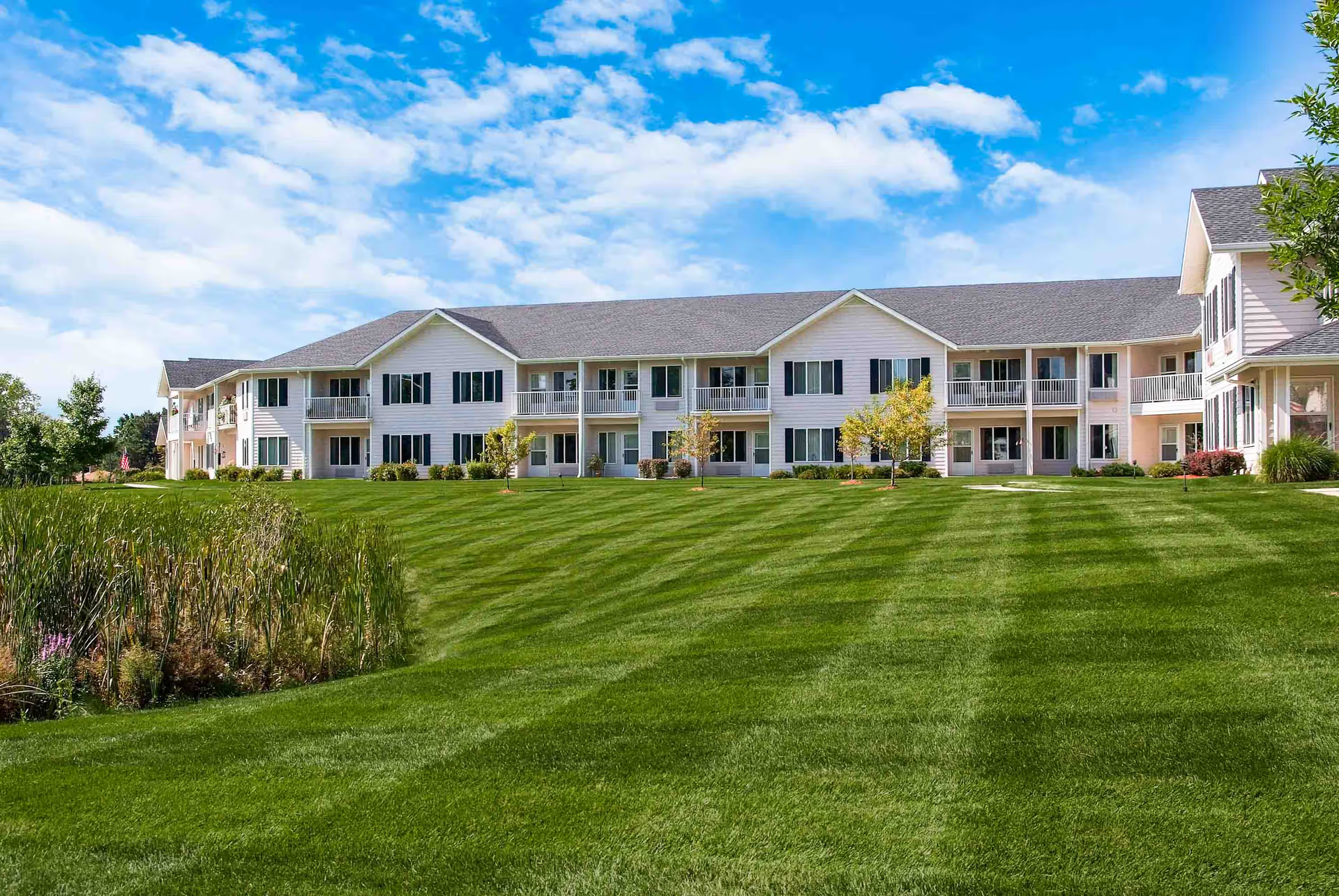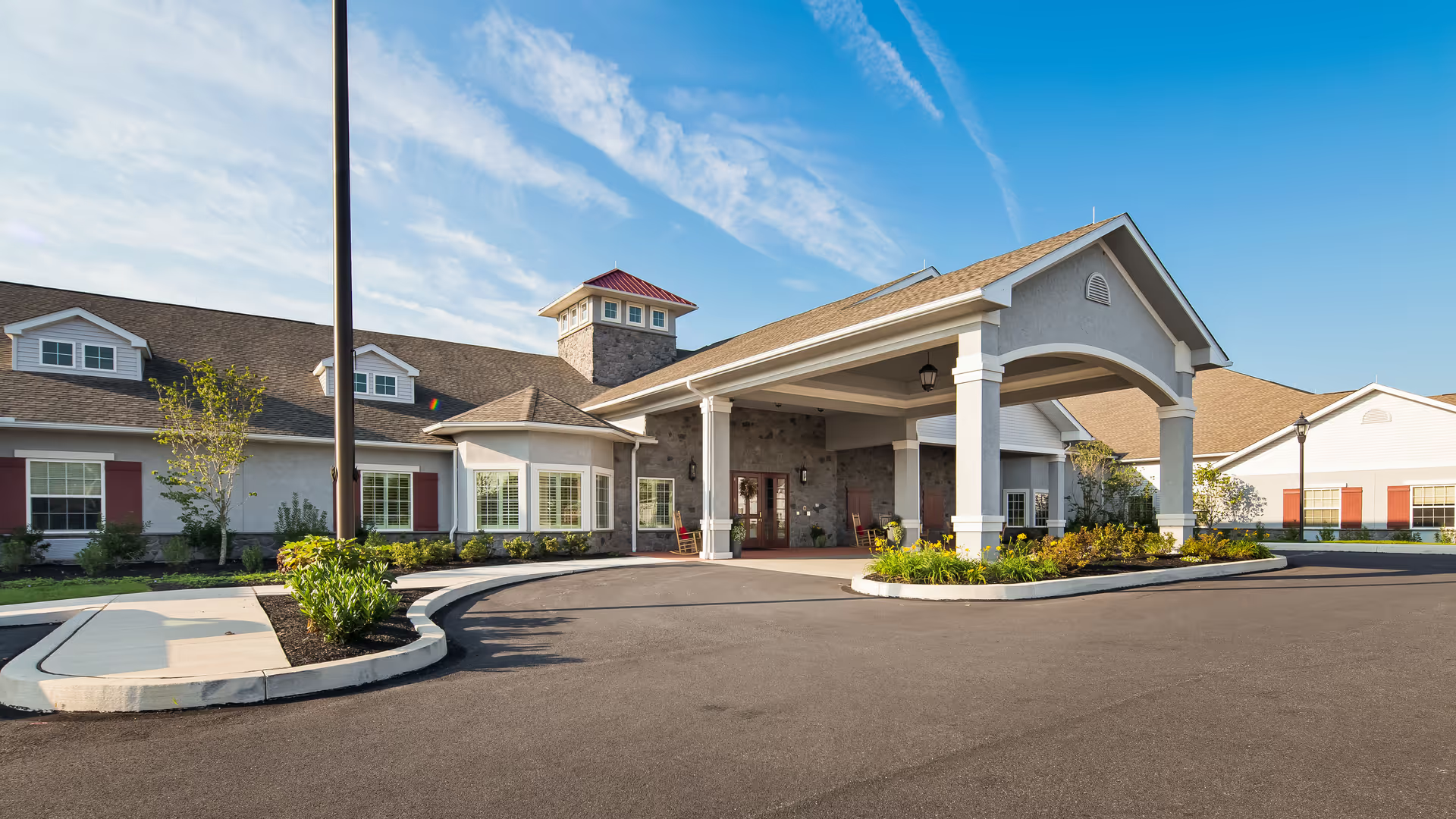Overall sentiment across the reviews is mixed but consistent on several key themes. Many reviewers emphasize that Inn at the Pines has strong, compassionate direct-care staff — caregivers and nurses are repeatedly described as kind, attentive, personable and professionally trained. Several families specifically praise nursing staff for being proactive with medication lead times and for providing emotional support. The facility is frequently described as beautiful, clean, and well maintained: reviewers mention a country/woodland setting with good views, spacious suites with hardwood floors and private bathrooms, sunny rooms, and an easy-to-navigate floor plan. These physical attributes and the homelike, non-institutional atmosphere (log-cabin feel, cozy common areas) are a major positive for many residents and families.
Despite strengths among front-line caregivers and the attractive facilities, operational and management concerns appear repeatedly and significantly. A sizable number of reviews report chronic understaffing and short staffing that affect day-to-day care: missed showers, inconsistent daily housekeeping, lapses in one-on-one attention, and limits on activities. Several reviewers link these staffing shortages to declines in residents’ mobility or general health, indicating that lack of time for individualized care has had tangible negative effects. Management and leadership are criticized across multiple reviews — reviewers describe unresponsive or lacking management, disrespectful directors, misinformation about daily care, and in some cases an apparent absence of a director. These administrative problems seem to amplify the operational impact of staffing shortages and reduce families’ confidence in the facility's ability to manage problems and maintain standards.
The dining experience is a clear area of divided opinion. Multiple reviewers enthusiastically describe delicious, home-cooked meals and praise the kitchen staff for good food served in a pleasant dining area near the kitchen. Conversely, a similarly large set of reviews characterize the food as unappetizing, insufficient in quantity, unhealthy, or inconsistent — with some explicitly calling the meals awful. This polarization suggests variability over time, between dining staff shifts, or in individual expectations/preferences. Families planning a visit should attempt to sample meals and ask about menu rotation, portion sizes, and accommodations for dietary needs.
Activities, family engagement, and community life receive similarly mixed feedback. Several reviews highlight a strong activity program, fun residents, games, crafts, holiday celebrations, and Zoom-based family meetings — all of which support socialization and a homelike feel. Other reviewers say activities are rare or basically nonexistent, particularly during COVID lockdowns, leaving residents isolated or without meaningful mobility-supporting programs. Hence, activity quality appears variable and may depend on staffing levels, scheduling, or pandemic-related restrictions at particular times.
Significant safety and quality-of-care concerns arise in a subset of reviews. Multiple reports mention falls serious enough to require ambulance transport, and some reviewers describe situations that raised safety alarms. There are also troubling allegations about staff behavior and environment safety — reports of a marijuana odor and suspected staff drug use appear more than once. Additionally, reviewers cite PPE and personal product shortages during COVID, unreliable elevators, and occasional comparisons of the setting to a nursing home rather than assisted living. Taken together, these items highlight potential risks that families should investigate further when considering the community.
In summary, Inn at the Pines presents a pronounced contrast between strong, compassionate direct care and appealing physical accommodations on one side, and systemic operational and management weaknesses on the other. The best experiences reported center on warm caregiving, a beautiful and clean facility, helpful maintenance, and active community life. The most serious negative patterns relate to chronic understaffing, inconsistent personal care and housekeeping, polarized meal quality, leadership and communication failures, and safety concerns (falls, substance-odor reports). Prospective residents and families should weigh the aesthetic and caregiving strengths against the operational and safety concerns, ask specific questions about current staffing levels and leadership stability, tour at mealtime and during an activity, verify fall-prevention protocols and staff screening/drug policies, and speak with multiple families and current residents to ascertain whether recent improvements or declines have occurred.
